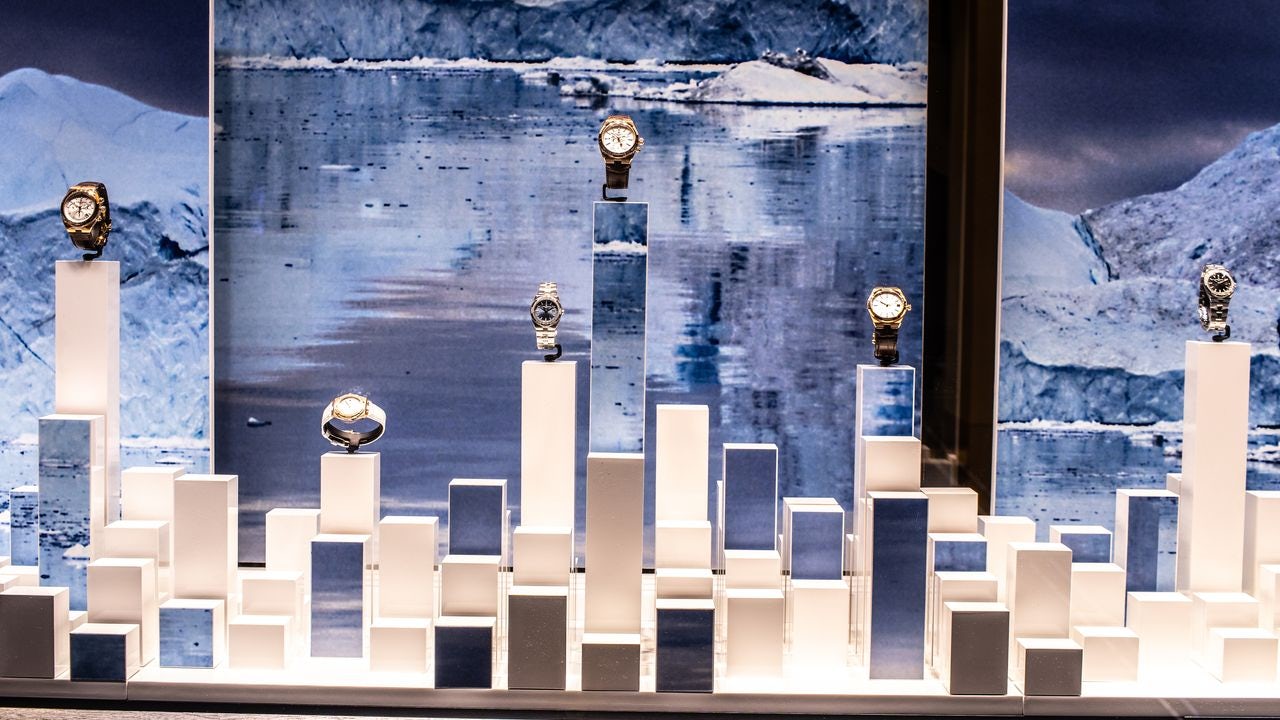What happened
Insight group LookLook has conducted research in September among 100 Chinese affluent women under 40 who spend at least 10,000 a year on luxury purchases and revealed that the recent slowdown in spending is just a temporary short-term pause. “After healthy levels of spending on luxury skincare, handbags, and jewelry in early 2021, the Chinese luxury buyer is recalibrating to global caution around the Delta variant,” stated LookLook, adding: “Feeling less urgency to purchase due to travel restrictions, she’s waiting until she can resume her luxury spending abroad. When borders reopen, expect luxury ready-to-wear sales in particular to jump dramatically.”
The research also sheds light on the power of domestic luxury brands and the local enthusiasm for national brands. Beauty and cosmetics are particularly sensitive to the changing attitudes of Chinese consumers. Foreseeably, LookLook also highlights that virtual luxury is the big winner. Chinese luxury consumers like brands who give them the ability to experiment with AR and AI try-on, new avatar technology for e-commerce, and gamification elements.
The Jing Take
Nearly all major luxury brands have implemented advanced gamification strategies to attract the ever-growing gaming tribe. However, to date, most global brands don’t seem well-equipped to deal with rising competition from local players. For example, take the Chinese beauty industry, which has seen a serious shakeup over the few years, with Perfect Diary and Pechoin stealing market share from L'Oréal Paris, Lancôme, and Estée Lauder. But this is hardly surprising when you consider that local brands continue to be much better at hyper-targeted advertising and identifying specific regional needs.
Furthermore, domestic brands have lower volume capability; thus, many of their products feel a bit more unique and seasonal than products produced on large scales by beauty groups like L'Oréal Paris. Considering that seasonality has become the key marketing trend of the beauty industry, it is understandable that domestic beauty brands have found a path to success in China thanks to their flexibility and adaptability.
As for LookLook’s insights on the temporary short-term pause on spending, it’s too early to conclude that Chinese consumers are cutting back on luxury purchases because they await the moment when international trips resume. Instead, concerns over China’s economic slowdown, energy shortages and supply chain disruptions are increasing, and with them, the growing fear of a perfect storm, ushering in a decline in economic activity and consumption, which would hurt far more industries — at home and abroad — than luxury.
The Jing Take reports on a piece of the leading news and presents our editorial team’s analysis of the key implications for the luxury industry. In the recurring column, we analyze everything from product drops and mergers to heated debate sprouting on Chinese social media.

